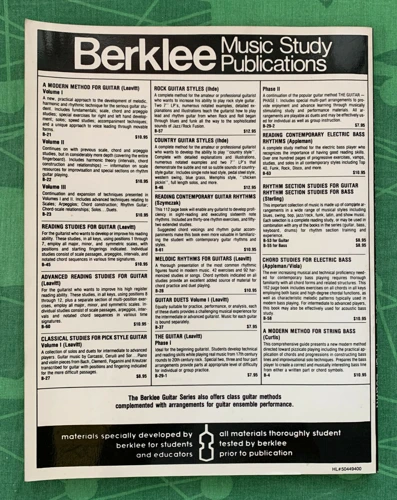Chicken picking is a popular technique in country and bluegrass music, known for its quick, staccato-like rhythm. The technique gets its name from the sound it produces, which is reminiscent of a chicken pecking at the ground. In this blog post, we’ll explore advanced chicken picking patterns that will take your playing to the next level.
The Basics of Chicken Picking
Before we dive into advanced chicken picking patterns, it’s important to review the basics. Chicken picking is typically played on the lower strings of the guitar, using a pick and fingers. The pick is used to strike the string, while the fingers pluck the string to create the characteristic “chick” sound.
Advanced Chicken Picking Pattern 1: Triplet Pull-Offs
Triplet pull-offs are a great way to add some extra flair to your chicken picking. To execute a triplet pull-off, pick a note on the 4th string and then quickly pull off to a note on the 3rd string using your middle finger. The key is to make sure the notes are evenly spaced, creating a triplet rhythm.
Advanced Chicken Picking Pattern 2: Hammer-Ons and Pull-Offs
Hammer-ons and pull-offs are a staple of chicken picking, and combining them can create some really interesting rhythms. To execute a hammer-on, pick a note on the 4th string and then quickly hammer down on the 3rd string with your middle finger. To execute a pull-off, pick a note on the 3rd string and then quickly pull off to a note on the 4th string using your middle finger.
Advanced Chicken Picking Pattern 3: Chord Chicken Picking
Chord chicken picking is a great way to add some harmony to your playing. To execute chord chicken picking, start by playing a chord, then use your pick to strike individual strings within the chord while using your fingers to pluck the other strings. This creates a full, rich sound that’s perfect for country and bluegrass music.
Advanced Chicken Picking Pattern 4: Adding Slides
Adding slides to your chicken picking can create a smooth, flowing sound. To execute a slide, pick a note and then slide your finger up or down to the next note. This can be done with both hammer-ons and pull-offs, creating a smooth, seamless transition between notes.
Advanced Chicken Picking Pattern 5: Incorporating Bass Notes
Incorporating bass notes into your chicken picking can add some extra depth and complexity to your playing. To execute bass notes, pick a note on the 6th string and then quickly move to pick a note on the 4th string. This creates a driving, rhythmic sound that’s perfect for country and bluegrass music.
Advanced Chicken Picking Pattern 6: Adding Bends
Adding bends to your chicken picking can create a soulful, expressive sound. To execute a bend, pick a note and then bend the string up or down to the next note. This can be done with both hammer-ons and pull-offs, creating a smooth, seamless transition between notes.
Advanced Chicken Picking Pattern 7: Using Artificial Harmonics
Artificial harmonics are a great way to add some extra sparkle to your chicken picking. To execute artificial harmonics, pick a note and then lightly touch the string with the tip of your finger at the 12th fret. This will create a high-pitched harmonic that adds a bright, shimmering sound to your playing.
Advanced Chicken Picking Pattern 8: Adding Palm Muting
Adding palm muting to your chicken picking can create a tight, punchy sound. To execute palm muting, rest the edge of your picking hand on the strings near the bridge. This will mute the strings, creating a percussive, rhythmic sound that’s perfect for country and bluegrass music.
Looking to improve your chicken picking skills on the guitar? Check out our articles on creating country licks with hybrid picking, common mistakes in electric guitar chicken picking, popular chicken picking country songs, and tips for chicken picking beginners. Also, learn about the benefits of using ADK spruce in your guitar playing!
Conclusion
Chicken picking is a versatile technique that can add a lot of character and personality to your playing. By incorporating advanced chicken picking patterns like triplet pull-offs, hammer-ons and pull-offs, chord chicken picking, slides, bass notes, bends, artificial harmonics, and palm muting, you can take your playing to the next level and create a truly unique sound. So grab your guitar, start practicing, and get ready to impress your friends and fans with your newfound chicken picking skills!







